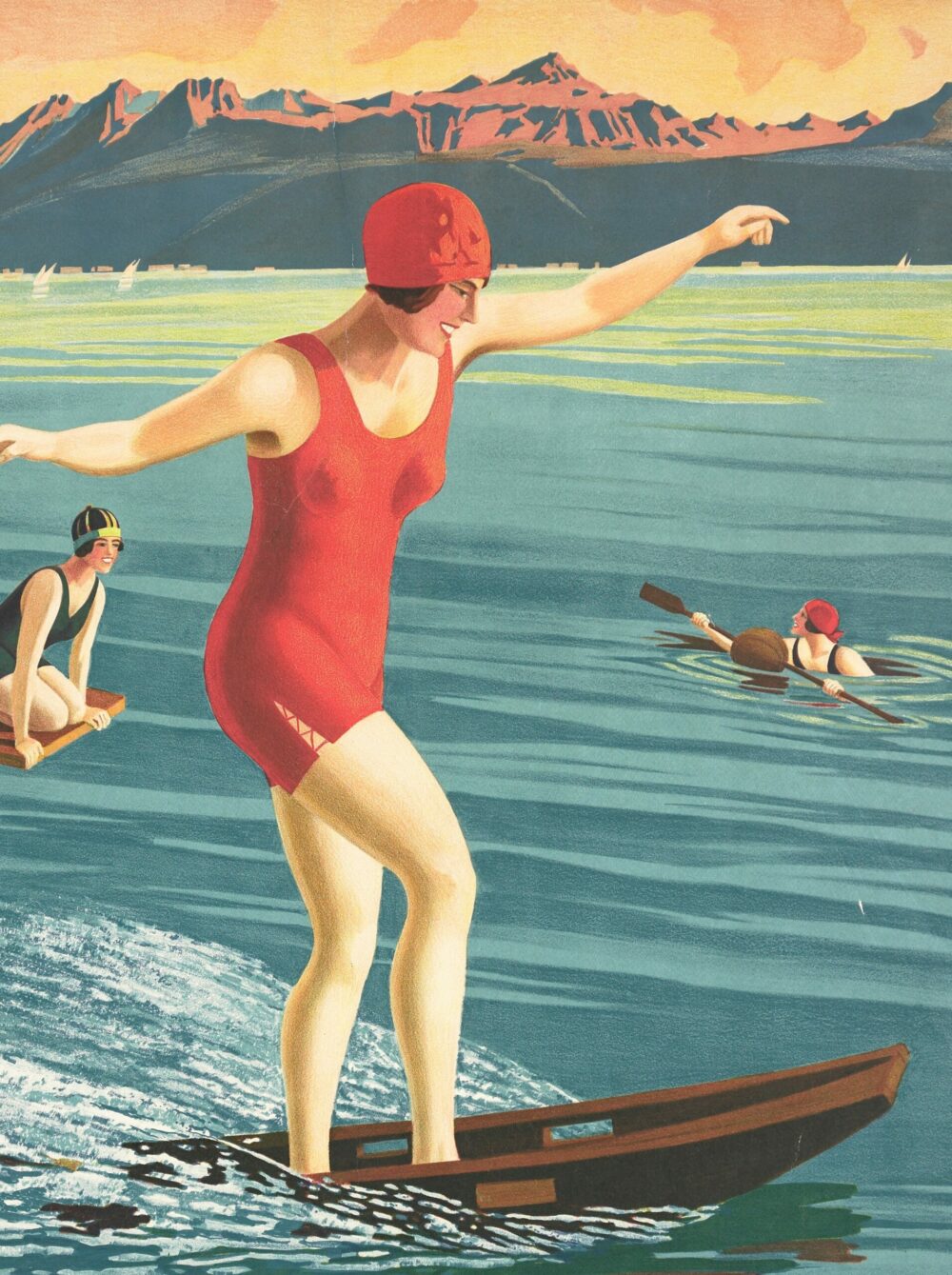Discovering the biodiversity of Lake Geneva
Did you know that Lake Geneva and the banks of the Rhone River are home to a wide range of living organisms, in its reed beds and alluvial forests? But their habitats are threatened by constant artificialization of the banks of Lake Geneva with riprap, walls, dikes and quays. The International Commission for the Protection of the Waters of Lake Geneva provides an interesting account of this challenge in this travelling exhibition that addresses all aspects of this rich and fragile biodiversity.
The reed beds of Lake Geneva
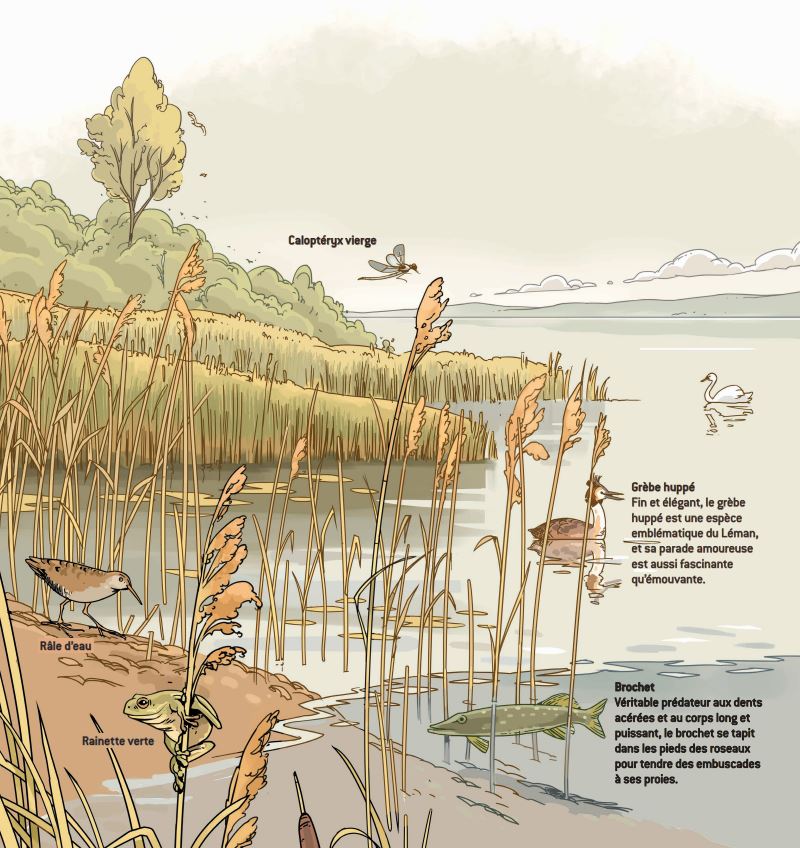
In the midst of these large herbaceous plants, you may catch sight of a great crested grebe, a marsh harrier or a reed warbler. As for the fish, you may catch a glimpse of a pike, a tench, a venger or a roach. Watch out for the pike! Hidden at the foot of the reeds, it tries to surprise its prey with a preference for perch and trout.
River mouths
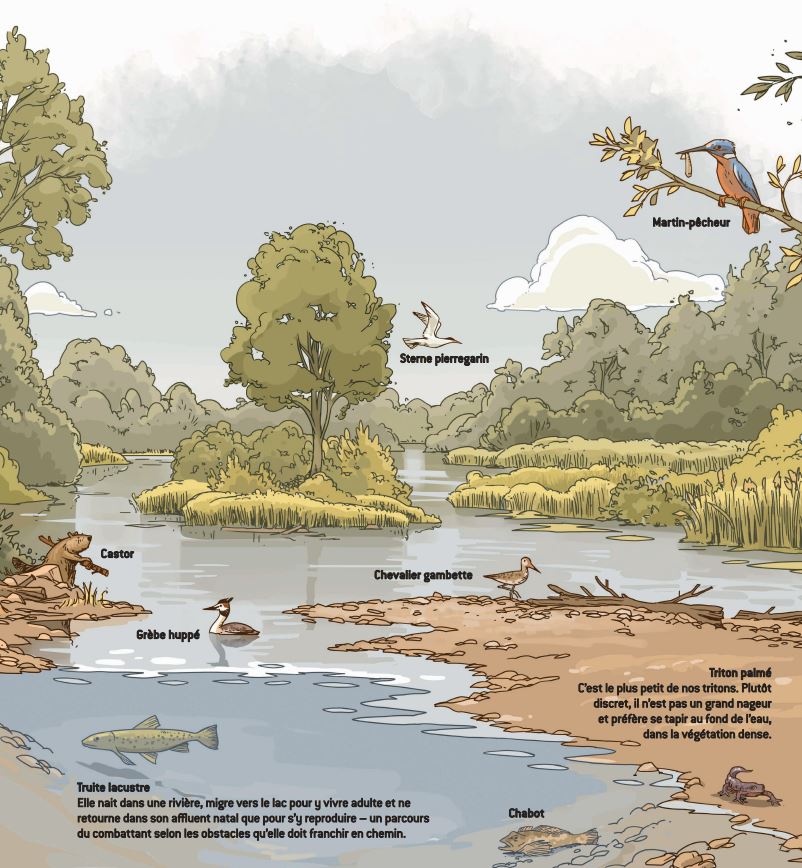
Between lake and river, on the small ephemeral islands formed by the transport of stones and sand from the rivers, you can find small wading birds. Amongst the stones, you will see sculpins and lake trout. Great crested grebes, kingfishers and common terns also feed in these fishy waters.
Alluvial forests
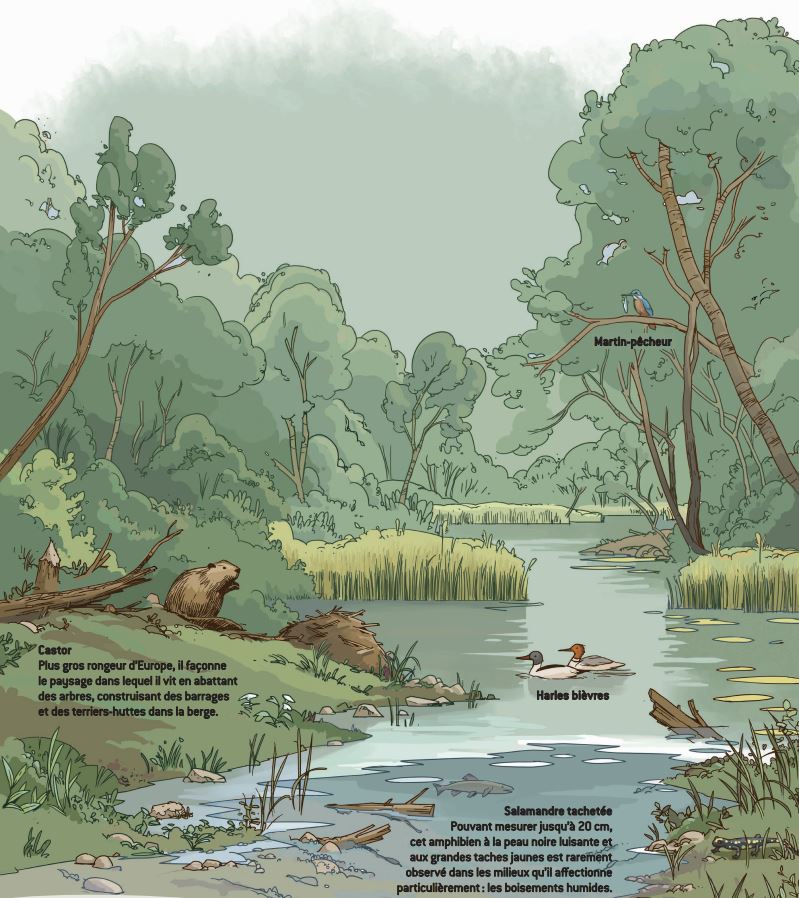
Shaped by flooding, these riverbanks made of pools, sandy islands, gravel bars, tall grass and dense bushes provide a wide variety of habitats for many species. You may see the teeth marks left by beavers on logs, or a goosander looking for a cavity to breed in! Willows, alders, poplars and other softwood trees grow close to the water, while hardwood trees such as oaks, elms, maples and spruces grow away from flooding risks.
Plant or algae? In the rich aquatic meadows
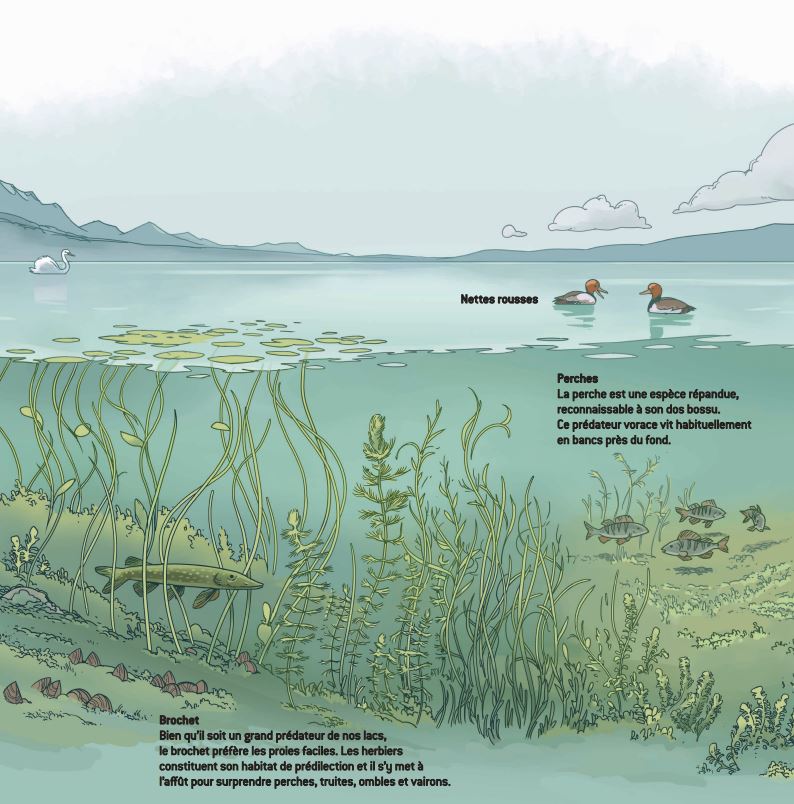
These large aquatic meadows, which sometimes tickle the toes of swimmers, are home to many birds, which also find a stable source of food – primarily perch and pike. Their larvae often like to hide there. But how can you tell the difference between algae and aquatic plants? Algae live freely in the open water and are not visible to the naked eye; aquatic plants, on the other hand, are well rooted in the bottom of Lake Geneva. The shiny pondweed, for example, has large translucent leaves. Characeae form a carpet deep under water and their presence is a sign of good water quality.
The shores of Lake Geneva, a stopover
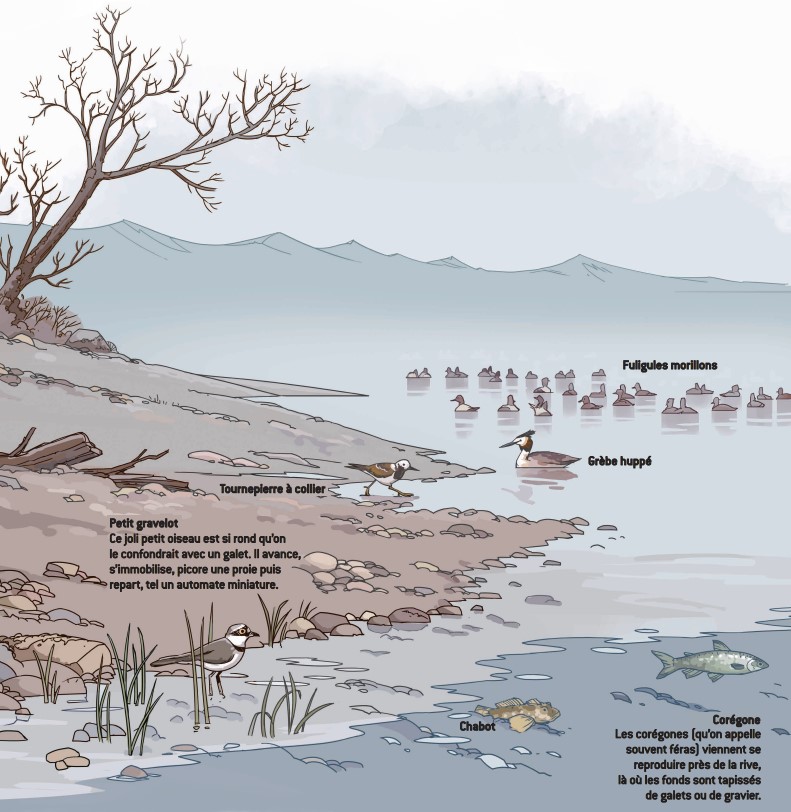
The pebble beaches of Lake Geneva represent nice stopovers during the long journeys of migratory water birds. In spring, when the water levels are low, the small waders take advantage of the long gravel banks to find a feast of crustaceans. Between autumn and spring, colonies of scaups can be observed, as well as small grackles and ring-necked turnstones taking advantage of the wide shores of Lake Geneva.
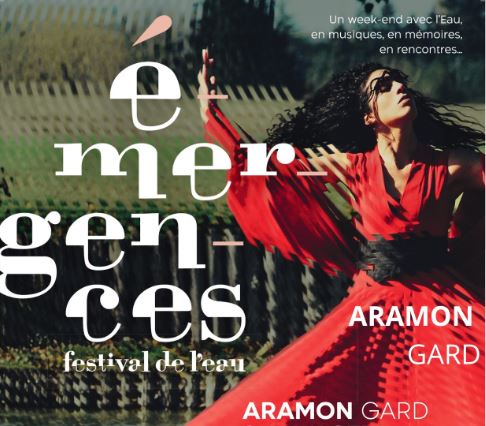
Emergences Festival de l’Eau
Première édition d'un rendez-vous musical et convivial incontournable : le festival Emergences à Aramon, au bord du Rhône près d'Avignon. Au programme du 9 au 11 septembre : concerts gratuits, ballades, conférences... et plus encore !
Agir pour le Vivant, Vienne – 21-23 July
Come and talk about the Rhone and the great rivers in this artistic and friendly festival! Agir pour le Vivant will take place at the Musée Gallo-Romain in Vienne from 21 to 23 July. An opportunity to discover the very first stand dedicated to Living with Rivers, and to protect the rivers together.